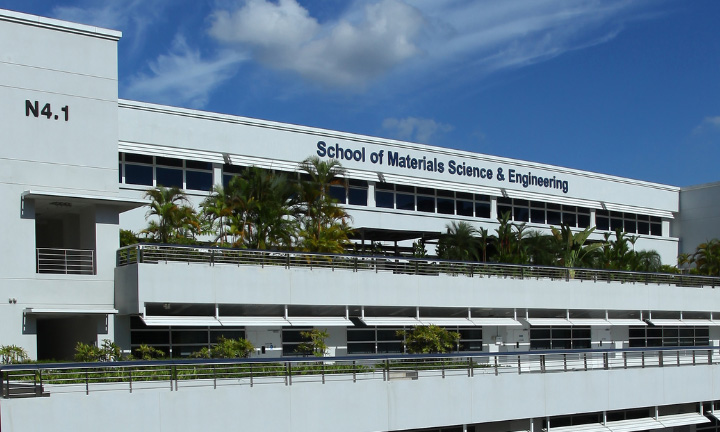MSE Colloquium @ NTU: Colloidal Nanocrystal Materials and Devices with Extraordinary Structures and Functions by Professor Cherie R Kagan

MSE Colloquium Hosted by Nanyang Assistant Professor Prashant Kumar
Abstract
There is still “plenty of room” in the middle between 1 nm and 100 nm, an interesting length scale commensurate with natural physical phenomena (e.g., exciton Bohr radii, superparamagnetic limit, visible to IR localized surface plasmon resonances) and the typical size range of colloidal nanocrystals (NCs). Colloidal nanocrystals (NCs) can be exquisitely tailored in size, shape, and composition and thus, in their optical, electronic, magnetic, thermal, chemical, and mechanical properties. As colloids, they can be self- or directed to self-assemble using solution-based coating, printing, and imprinting techniques into 2D and 3D materials hierarchically structured from the nano to micro scales. In this talk, I will describe our work using NCs as “artificial atoms” to build materials and devices with extraordinary structures and functions. We design materials and devices from single- and multiple-types of NCs and exploit what makes NCs different from bulk materials, notably their size and composition dependent physical properties and the ability to chemically and thermally address NCs to exchange, strip, or add surface atoms, ions, and molecules during or post-deposition. By designing NC materials with multiple functions, we demonstrate flexible NC electronics and the first NC integrated circuits, large-area 2D and 3D optical metamaterials that operate as reconfigurable chiral photonic and chiral luminescent devices and optical sensors, and magnetically- and acoustically-driven active matter.
Biography
Cherie R. Kagan is the Stephen J. Angello Professor of Electrical and Systems Engineering, Professor of Materials Science and Engineering, and Professor of Chemistry at the University of Pennsylvania. She is the Director of the U.S. National Science Foundation Engineering Research Center for the Internet of Things for Precision Agriculture (IoT4Ag) and served as Penn Engineering’s Associate Dean for Research (2019-2024). She graduated from the University of Pennsylvania in 1991 with a BSE in Materials Science and Engineering and a BA Mathematics and earned her PhD in Materials Science and Engineering from the Massachusetts Institute of Technology in 1996. In 1996, she went to Bell Labs as a postdoctoral fellow and in 1998, she joined IBM’s T. J. Watson Research Center, where she most recently managed the “Molecular Assemblies and Devices Group.” In 2007, she joined the faculty of the University of Pennsylvania. The Kagan group’s research is focused on studying the chemical and physical properties of nanostructured materials and in integrating materials with optical, electrical, magnetic, mechanical, and thermal properties in (multi-)functional devices. The group combines the flexibility of chemistry and bottom-up assembly with top-down fabrication techniques to create materials and devices with applications in electronics, photonics, and sensing. Kagan is a Fellow of the National Academy of Inventors, the American Academy of Arts and Sciences, and of the IEEE, MRS, Optica, and APS societies; she is a recipient of the Alexander von Humboldt Foundation Research Award; Penn Engineering’s Heilmeier and S. Reid Warren, Jr Awards, and was the 2021 President of the Materials Research Society and an Associate Editor of ACS Nano for 8 years.

